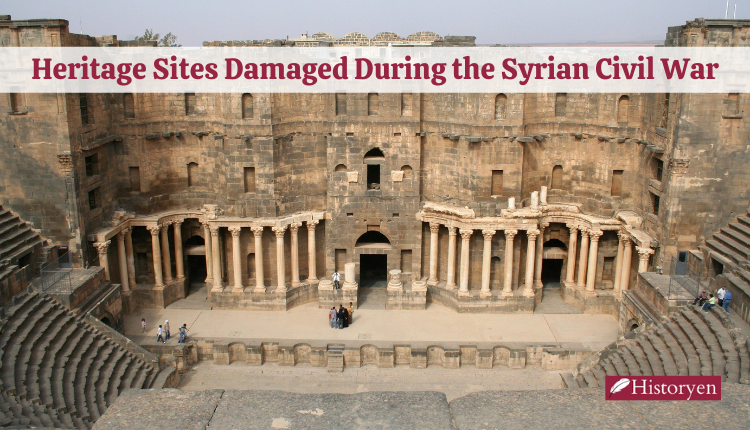In medieval times, the city of Bologna might have boasted nearly 200 towers. Predominantly around 80 feet tall, some stretched beyond 300 feet. Presently, fewer than 20 remain standing, with the 320-foot Asinelli being the loftiest. So, what purpose did these towers serve?
Essentially, they functioned as medieval emblems of prestige. By the 13th century, Bologna had emerged as one of Europe’s most populous metropolises, thriving as a commercial nexus and housing the Western world’s oldest university.

Yet, turmoil brewed beneath this prosperity. An ongoing power struggle existed between the Papacy and the Holy Roman Empire, causing Bologna to become a battleground for noble families from opposing factions vying for dominance—often through violence.
Without sufficient space for castles, families turned to constructing defensive towers. The higher they built, the greater the prestige. Consequently, the wealthy of Bologna engaged in a fierce competition to erect the tallest structures.

This phenomenon wasn’t exclusive to Bologna. San Gimignano also retains an impressive skyline, and similar towers can be found in various other medieval Italian cities. However, Bologna’s skyline was the most awe-inspiring and densely packed. Historical reconstructions suggest there were as many as 194 towers at the city’s zenith.

Consider a photograph from 1965, then imagine how the vista appeared when towers crowded the horizon. It must have been one of the most magnificent sights of the medieval era.

So, what became of Bologna’s towering skyline?
The precise reasons remain obscure, but it’s believed that towers fell out of favor with the aristocracy. By the Renaissance, affluent families preferred constructing grand palaces. Moreover, the city authorities likely grew weary of the unstable towers, which symbolized a fractious and violent society.

Sometimes, towers were demolished as punishment. For instance, a nobleman convicted of murder might have his tower razed, leaving rubble to mark his disgrace. Additionally, earthquakes likely toppled some towers. Dante Alighieri referenced the precarious lean of the Garisenda Tower in his “Divine Comedy” (1321):

“As when one sees the Garisenda tower from underneath its leaning side, and then a cloud passes over and it seems to lean the more.”

Today, you can still witness the Garisenda alongside the towering Asinelli. However, the Garisenda is under constant surveillance and reinforcement to prevent it from collapsing. Soon, there may be little left of Bologna’s illustrious past.




